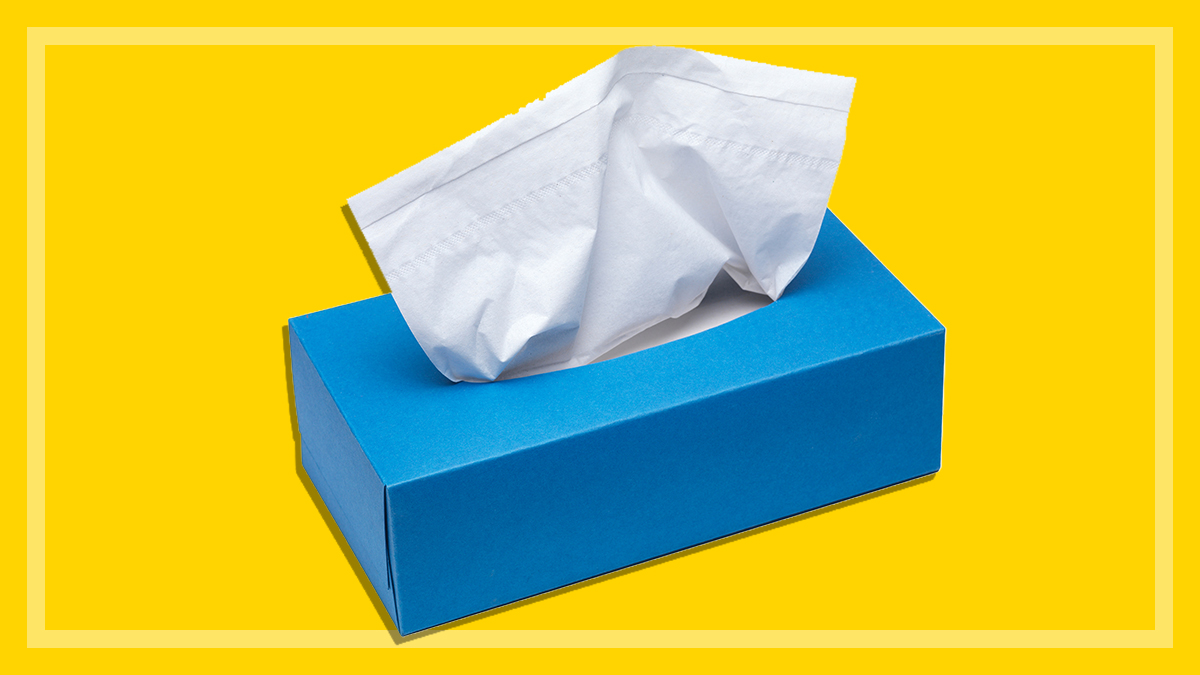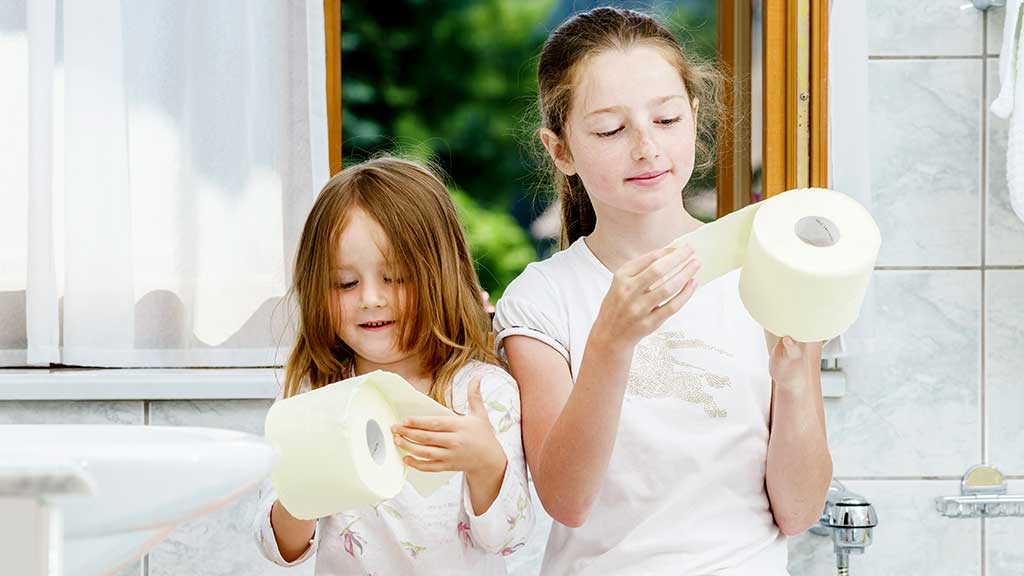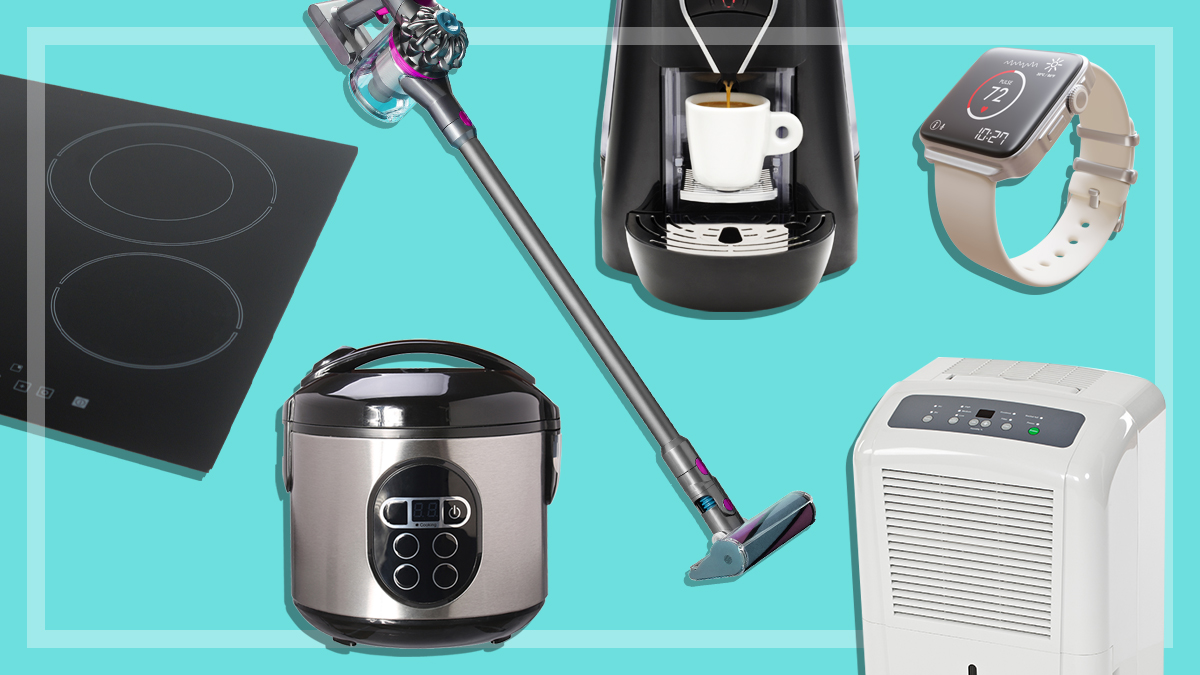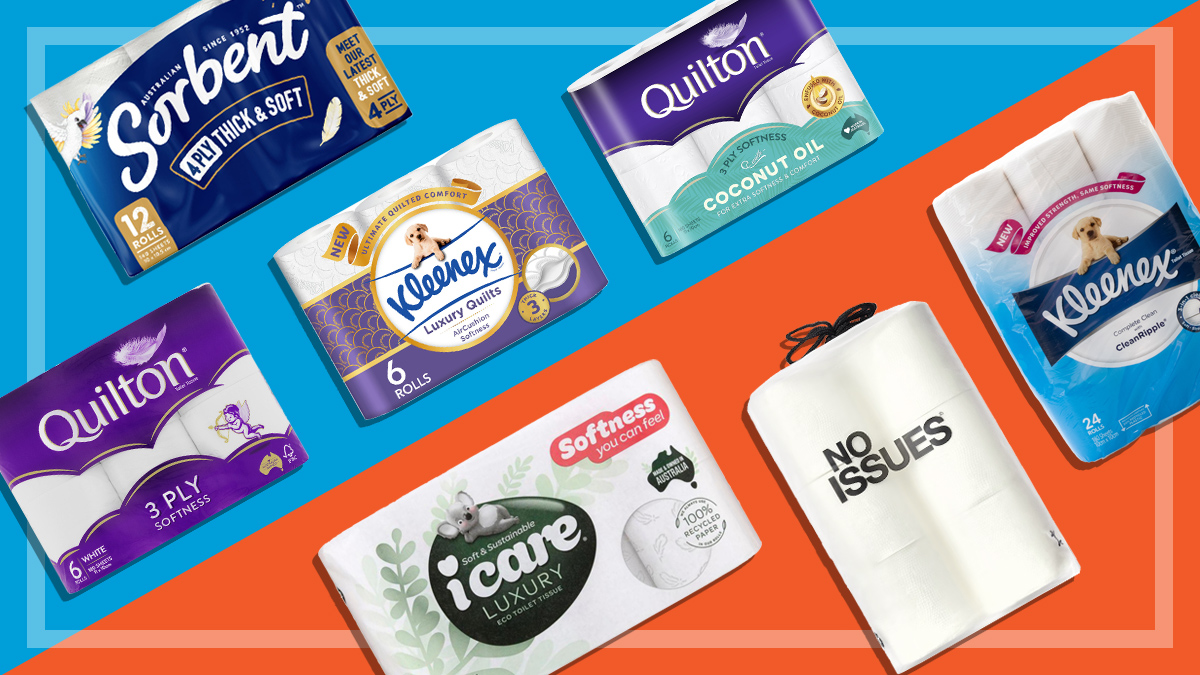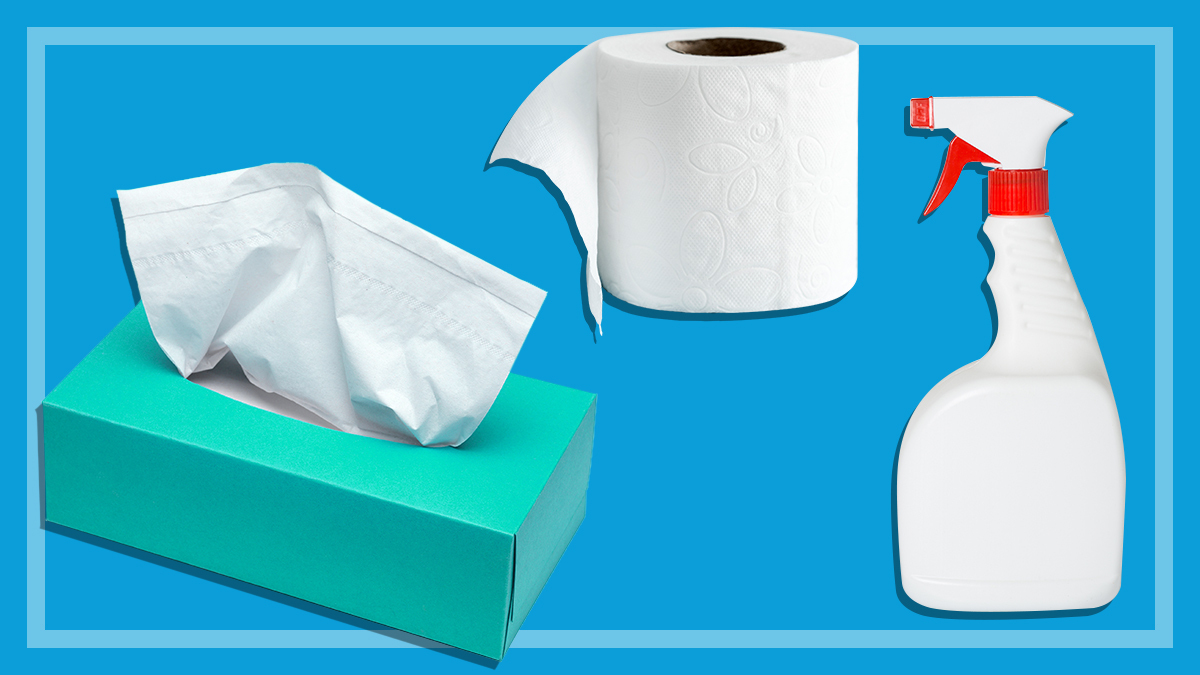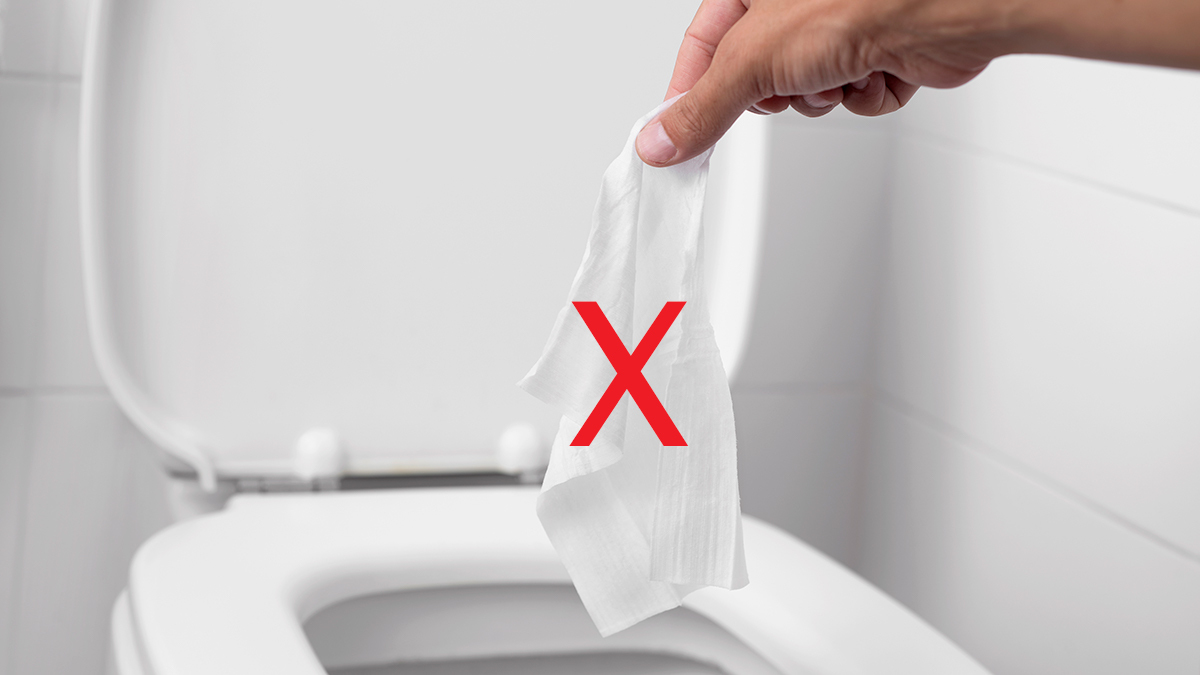Get our independent lab tests, expert reviews and honest advice.
What to look for when buying tissues
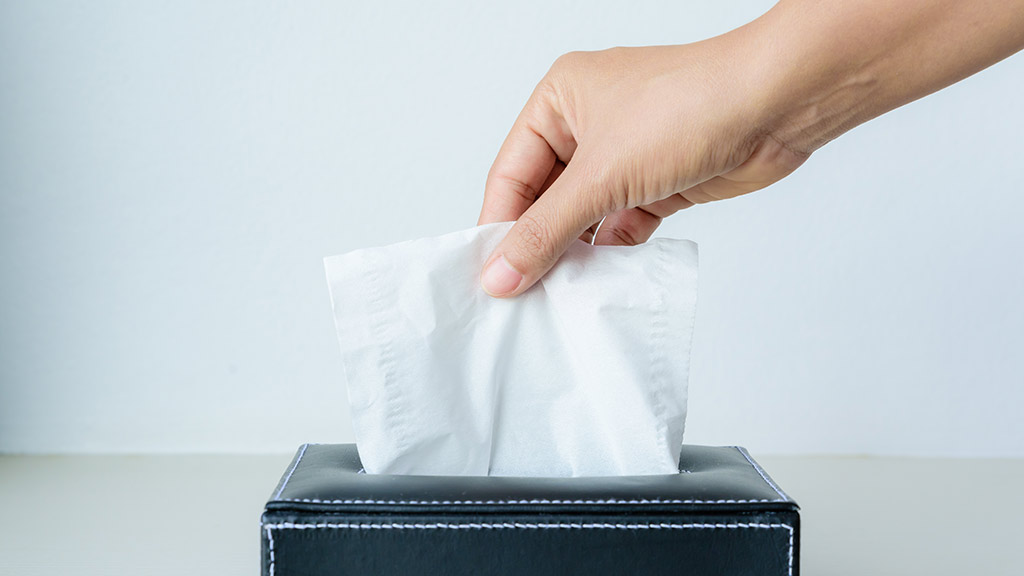
Facial tissues are a household staple and a good one needs to do a few things well, like be absorbent, not irritate your skin by being too rough, and not fly apart if you happen to sneeze or given an extra hard blow.
On this page:
Tissues tend to come with a lot of claims about their comfort and green credentials, so we’ll show you what’s worth thinking about when you next pick up a box at the supermarket.
Tissues: Are they flushable?
As part of our research, we found a lot of people throw tissues into the toilet, which can end badly for plumbing systems and public water utilities. Unlike toilet paper, tissues aren’t designed for our toilet system. In most cases, they take more than 20 minutes to disintegrate.
This means flushing your tissue down the toilet is likely to:
- block your system (costing you in plumbing fees), or
- block the water utility system at some point (costing everyone in sewage fees that get passed along to the consumer).
As Sydney Water told us: “The problem is that tissues are composed of different materials to toilet paper and facial tissues don’t break down anywhere near as quickly as toilet paper does.
“If flushed, facial tissues along with wet wipes and other cleaning wipes can get caught in customers’ sewer pipes. These can back up over time which can cause a serious blockage and potential damage to pipes.
“This problem is made worse if fats, oils or grease are also disposed of down the kitchen sink which can congeal to form a solid mass in the pipes, often referred to as a ‘fatberg’, which again will cause blockages and pipe damage.”
Ideally manufacturers should label their facial tissue products with a ‘Do Not Flush’ warning on the packaging to let people know about this issue.
Remember the three Ps – the only things that should be flushed are pee, poo, and (toilet) paper.
Why you shouldn't flush tissues
Ply count
Tissues generally range from one- to four-ply. This simply refers to the number of layers of paper used. Generally the higher the ply count, the thicker, softer, stronger and more absorbent the tissue should be.
FSC (Forest Stewardship Council) certification
FSC is an international nonprofit organisation that promotes responsible forest management by setting standards on forest products with a certification process. You’ll find the FSC tree-tick logo on many tissue packs, but if you take a closer look at the fine print you’ll notice there are three classifications to the label:
- FSC mix means the product can be a mixture of timber/fibre from an FSC-certified forest, reclaimed timber/fibre, or timber/fibre from other controlled sources. The entire production volume needs to contain at least 70% FSC-certified material, but that doesn’t necessarily mean that a particular product line will contain any FSC-certified material at all.
- FSC recycled means all the timber/fibre in the product is recycled material, however 15% can be pre-consumer waste (manufacturing scrap that has been put back into production). Your best bet is to look for products with this logo.
- FSC 100% means all the timber/fibre in the product comes from an FSC-certified forest.
Ultimately, the FSC logo isn’t a guarantee that the whole product is from a sustainable source, but it does indicate that the virgin fibres used to make the product came from forests managed to higher environmental and social standards.
PEFC certification
The Program for the Endorsement of Forest Certification (PEFC) is an international organisation that works to promote sustainable forest management and make sure timber and non-timber forest products are produced with high ecological, social and ethical standards.
It has a third-party classification scheme and you can identify its products by its PEFC-certified label. There are two classifications to the label:
- PEFC Certified means the product includes at least 70% of wood from PEFC-certified forests; and wood from controlled sources.
- PEFC Recycled means the product includes at least 70% PEFC-certified material from recycled sources; and wood from controlled sources.
Elemental chlorine-free (ECF)
Tissues are bleached to give them their whiteness and you may have noticed the claim “elemental chlorine-free bleaching” used on many products.
Elemental chlorine gas produces dioxins which can be harmful not only to the environment but also to our health.
ECF doesn’t mean the product is chlorine-free, but rather that the product has been bleached using chlorine dioxide (instead of elemental chlorine gas) which reduces the potential to form these harmful dioxins.
It’s best to look for a product that is ‘unbleached’ or uses alternatives to chlorine (like oxygen or hydrogen peroxide) to achieve whiteness.
Other features
Printed, scented, embossed
These ‘features’ are all added for decorative and aesthetic appeal. Whether you choose to buy tissues with these features comes down to personal preference.
Hypo-allergenic
If you have a sensitivity to dyes or perfumes then look for a tissue that’s dye- and fragrance-free, and one that claims to be hypo-allergenic.
How much do tissues cost?
If you base your decision on price, based on the products we tested, you can spend anywhere from 58 cents to $6.48 per 100 sheets. That can add up to a lot of money being thrown in the bin over time.
As our prices are based on purchasing single packs, if you buy in bulk you’re likely to get some of these products at a cheaper price per 100 sheets.

